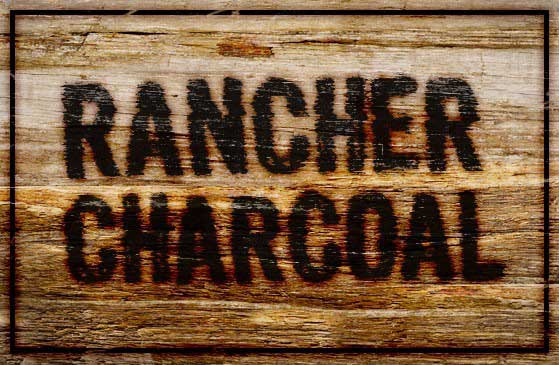History of Charcoal
History of Charcoal: Rancher Charcoal carrying on the environmental tradition:
Please enjoy this review on the history of wood charcoal, and the many environmental benefits to using our charcoal. The story of all natural wood charcoal is as fantastic as the briquette story is terrible! Rancher Charcoal is pleased to be the latest part of the all-natural wood charcoal story.
All natural wood charcoal has been used since 30,000 BC. Originally used in cave drawings, by 3,500 BC wood charcoal was commonly used as a fuel throughout Europe and Asia. The Egyptians used it in Iron smelting and in producing glass. It brought the world into the Bronze Age around 2,000 BC. By 500 BC woodland management was evident, thus guaranteeing the supply of the most influential fuel in history.
2,000 years ago, wood charcoal really took off. In AD 43-410, the Romans were coppicing on a truly grand scale (Coppicing is cutting a tree, typically old growth tree, to ground level. This invigorates the plant, and the root system is directed to growing a number of new shoots. These shoots grow vigorously allowing for quicker and bountiful coppicing every 7 to 20 years.). Wood charcoal was not only the fuel of choice at this time, but was also used in making tar for caulking and a thinner version is used in embalming. It was used in dyes, and as construction material in wet areas where rotting was an issue. During this period wood charcoal was also used in filtration and purification of liquids for the first time.
From 1900 to present day, wood charcoal has been replaced as the fuel of choice to power the civilized world. Wood charcoal, however, finds a new importance in its uses in filtration and purification, horticulture, animal feed, and pharmaceuticals, as well as its continued use in lesser-developed countries as a major and more healthful fuel source than wood and fossil fuels.
